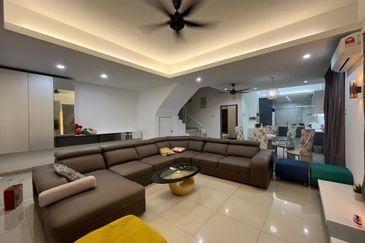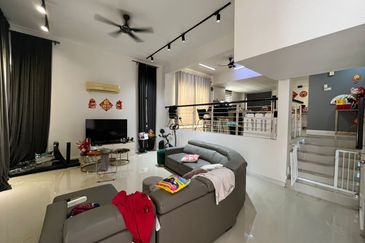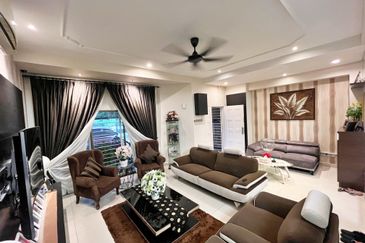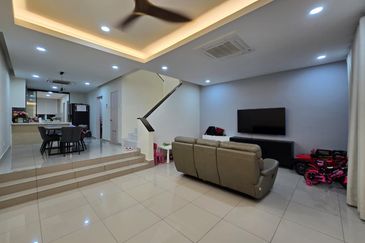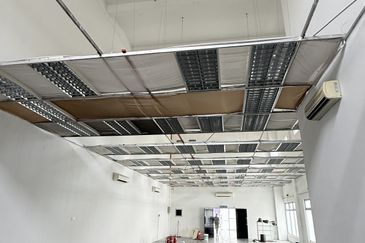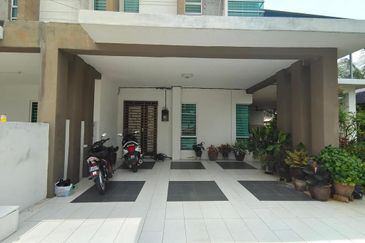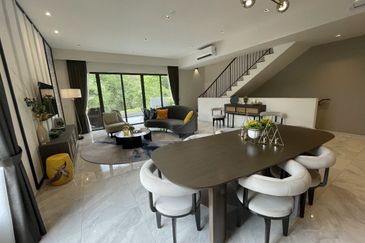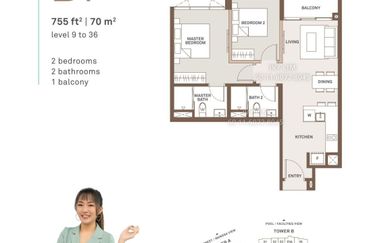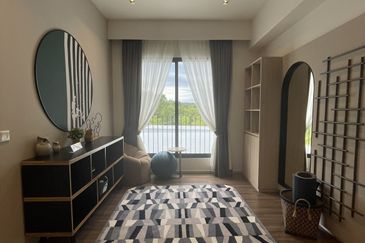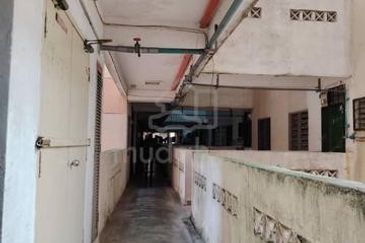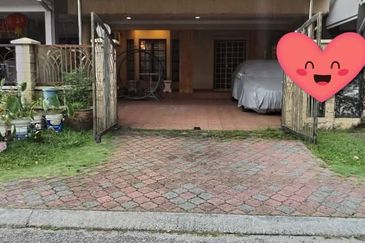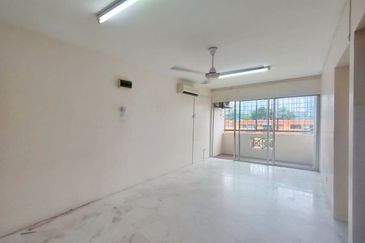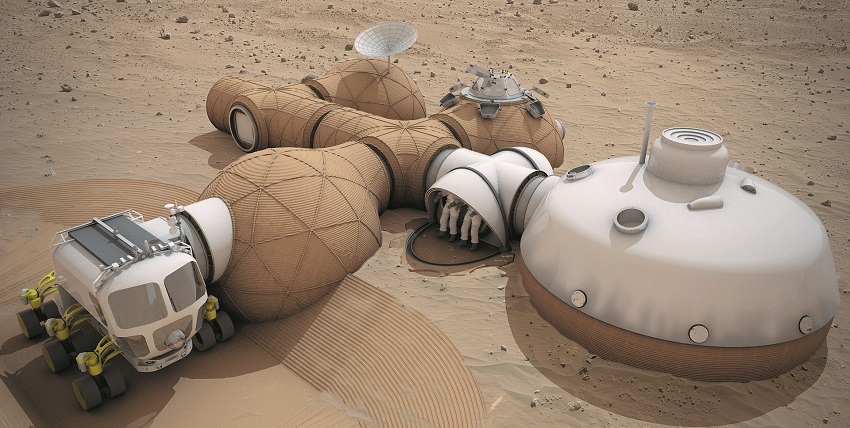
MARS is in the news. Scientists say there could be water on its surface, raising hopes of finding life outside earth, and there’s a movie about the red planet starring Matt Damon, which is always a sign that something is in the zeitgeist.
It was only natural that the US National Aeronautics and Space Administration (Nasa) would jump in on the action with its 3D-Printing Habitat Challenge for habitation on Mars, part of the Centennial Challenges Program. Teams were judged on many factors, including architectural concept, design approach, habitability, innovation, functionality, Mars site selection and 3-D print constructability.
The 3-D Printed Habitat Challenge sought to foster the development of new 3D-printing techniques technologies necessary to manufacture a habitat additively, using indigenous materials with or without recyclable materials, in space and on Earth, with space for four crew members. Additive manufacturing involves the overlaying of ultra-thin layers of material on top of one another to build a component, a.k.a 3-D printing.
The competition opened for registration in May. Out of 165 submissions, 30 designs were selected on Sept 10, and the top three were short-listed on Sept 27, winning their teams US$25,000, US$15,000, US$10,000 each. Subsidiary awards were given for best architecture, best technical proposal and several honourable mentions.
“The creativity and depth of the designs we’ve seen have impressed us,” Centennial Challenges Program Manager Monsi Roman remarked in a press release. “These teams were not only imaginative and artistic with their entries, but they also really took into account the life-dependent functionality that our future space explorers will need in an off-Earth habitat.”
The winners
In first place was ICE HOUSE, a joint effort by Team Space Exploration Architecture (SEArch) and Clouds Architecture Office (Clouds AO). It is a structure which draws on water and the low temperatures in the northern latitudes of Mars to form a pressurised radiation shell of ice that protects a lander habitat and the gardens inside.
“The team stood out as one of the few entries that did not bury the habitat beneath regolith (loose soil and rocks found on Mars’ surface),” said SEArch and Clouds AO in a statement. “It rather mined the subsurface ice to create a thin vertical ice shell to protect its interior from radiation.”
As the design was heavily based on 3D ice prototyping, the team redefined traditional methods of 3D printing by relying on the physics of phase transition between solid and vapour states.
Team GAMMA won second place and the People’s Choice award. “We are delighted that our design was the only entry that bagged two awards,” says Xavier De Kestelier, Partner at Foster + Partners.
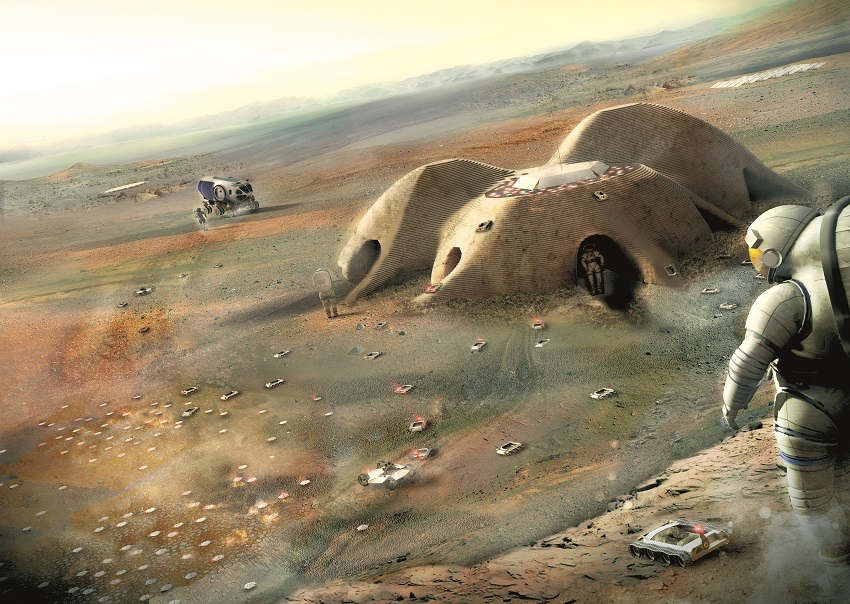
Through a semi-autonomous multi-robot regolith additive manufacturing (RAM) system, the design shields a modular inflatable core which is based on distributed functionality. It comprises three inflatable dodecohedral (12-sided) modules with a flexible, interchangeable internal habitat design, thus allowing for unknown outcomes in a frontier environment during a mission.
“Designing for extra-terrestrial environments provides an exciting platform for experimentation that is at the frontline of innovative technology,” De Kestelier says.
The design of the habitat envisions a robust 3D-printed dwelling using the regolith found, as well as usually discarded pieces of the spaceship, with a detailed proposal considering aspects such as deployment, to constructional operations with specialised robots. Its compactness integrates both private and communal spaces to create a positive living environment.
Third place went to team LavaHive, a design which consists of a ‘lava-casting’ construction technique and recycled spacecraft materials. The primary habitat roof stems from the back shell of the Entry, Descent and Landing (EDL) system while two rovers will combine both sintering and ‘lava-casting’ to construct connecting corridors and sub-habitats around a main inflatable area.
According to LavaHive, the ‘lava-casting’ approach is superior to thermally induced sintering in terms of structural strength, permeability and material density.
“Our approach represents a unique application of the additive manufacturing methodology, using available in-situ resources and spacecraft components, creating a realistic and achievable approach to a 3D printed Mars habitat,” said the team in a statement.
All of which may sound out of this world for the ordinary person but a new market frontier awaits the intrepid property agent.
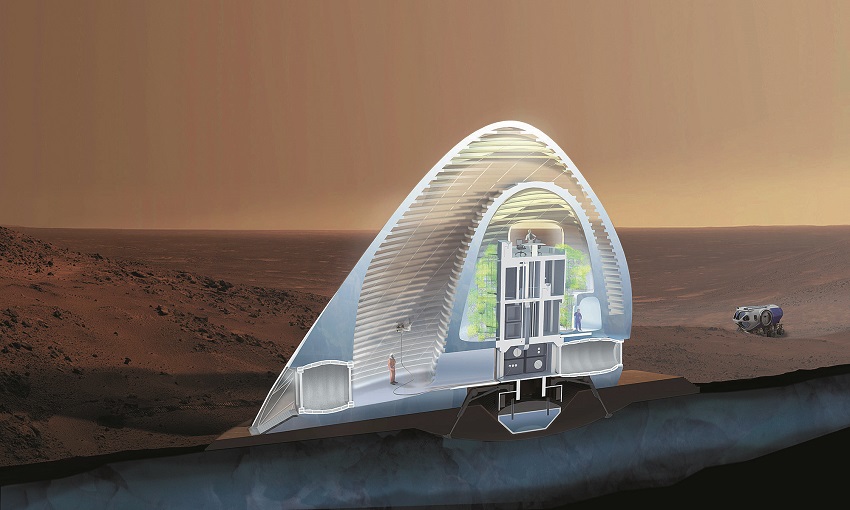
This story first appeared in The Edge Property pullout on Oct 30, 2015, which comes with The Edge Financial Daily every Friday. Download The Edge Property here for free.
TOP PICKS BY EDGEPROP
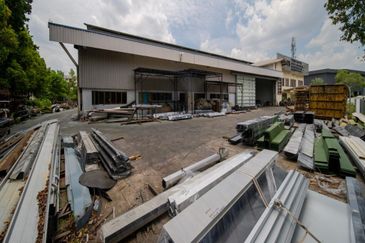
Taman Perindustrian Puchong
Puchong, Selangor

Vista Lavender
Bandar Kinrara Puchong, Selangor
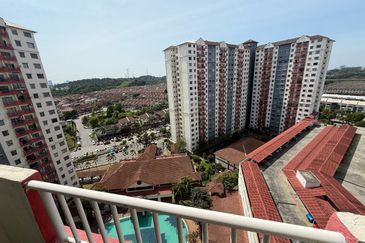
Vista Pinggiran, Taman Pinggiran Putra
Seri Kembangan, Selangor
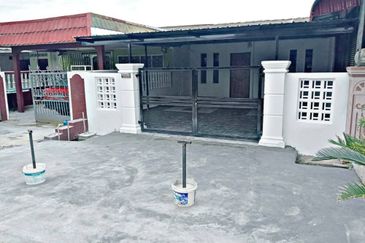
Taman Muhibbah, Sabak Bernam
Sabak Bernam, Selangor
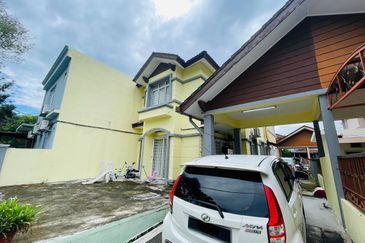
Lorong Lautan Samudera 9/12D
Bandar Puncak Alam, Selangor



